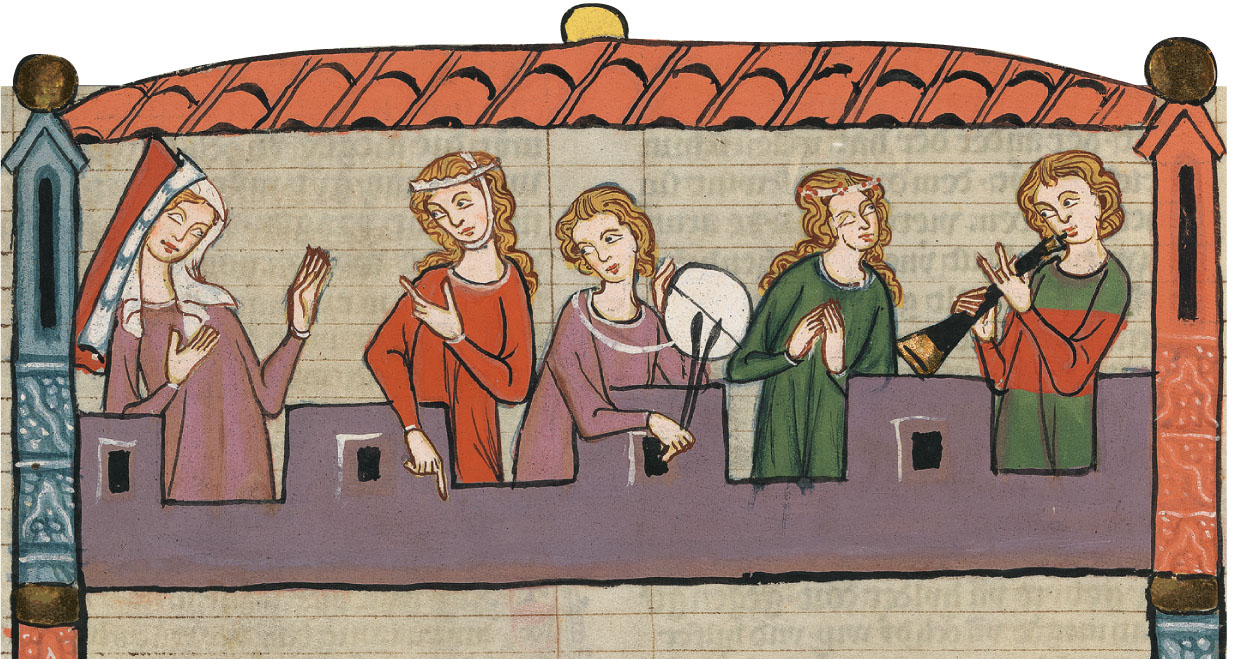The Codex Manesse or Manessian codex, also known as Große Heidelberger Liederhandschrift, is the richest and most famous medieval songbook in the German language. This large format codex (35.5×25 cm) consists of 426 sheets of parchment and contains texts and precious miniatures on both sides. It is preserved in the Heidelberg University Library.
The collection contains poetic works in Middle High German (Mittelhochdeutsch). Its nucleus was composed around 1300 in Zurich, probably in correlation with the collecting of the Zurich patrician Manesse family. Various additions were made until around 1340 (see bibliography). The codex collects texts that until then had only been handed down orally, transcribed on single sheets or known through limited repertoires. With the anthology of 140 poets and approximately 6000 verses, the codex is a representative summa of medieval secular songs and constitutes one of the main sources of German courtly love poetry, the so-called Minnesang.
The manuscript became famous above all thanks to its 137 full-page polychrome miniatures that precede the lyrics of the respective Minnesänger. They depict the poets in idealized court scenes, holidays and tournaments, and constitute the most important document of Upper Rhine Gothic miniature art. These miniatures have had a lasting influence on the modern image of the chivalric Middle Ages.
The Manesse Codex, written in Gothic script by various hands, handed down the Middle High German lyric in the entire variety of genres and forms (songs called Lieder, sequences similar to the lai called Leichs, sentence-like didactic poetry called Sangsprüche) from the beginning of the profane lyric art (with the poet of Kürenberg, active around 1150/60) until the time of the writing of the manuscript (Johannes Hadlaub attested around 1300)
The Manesse Codex is the result of a complex collection process that was never completed.
The manuscript opens with an index, written by an early copyist, subsequently completed by later copyists with lateral additions. Neither the texts nor the 138 overall images date back to the same time, many elements were inserted and reordered later.




There are no reviews yet.